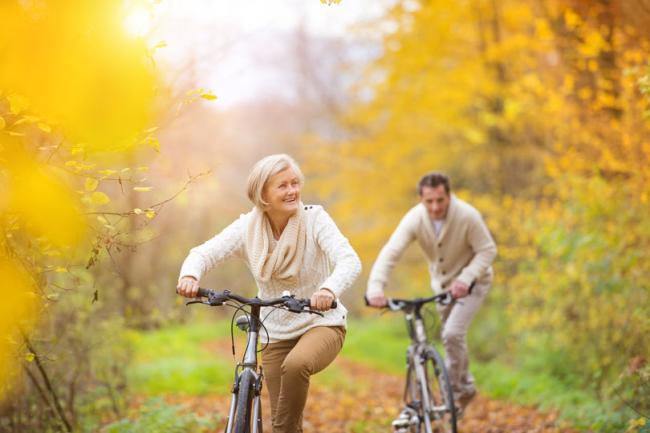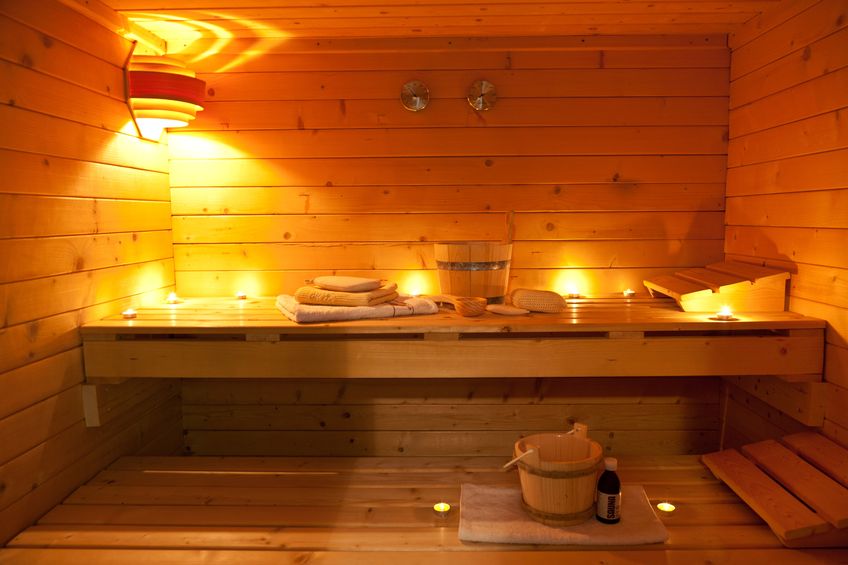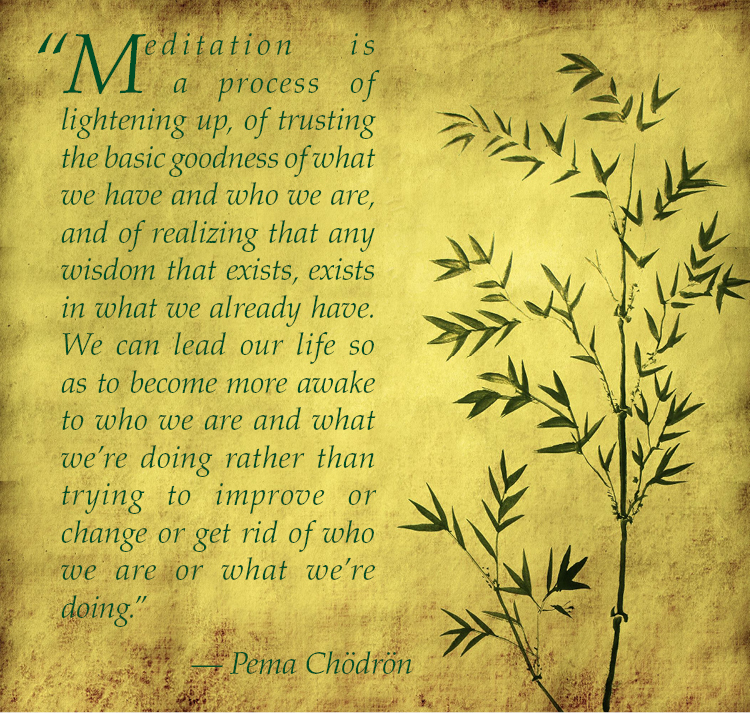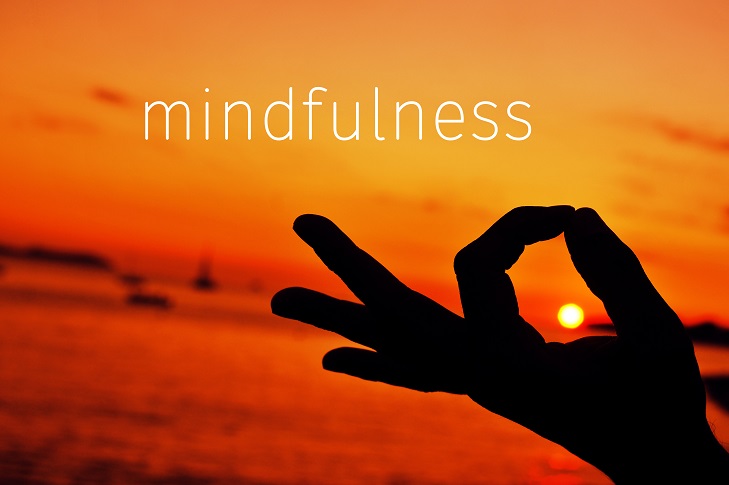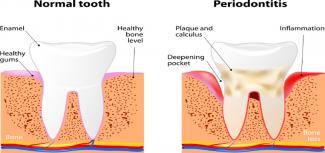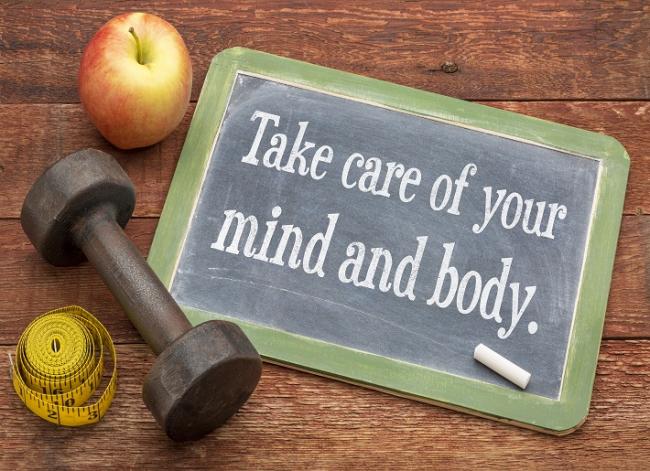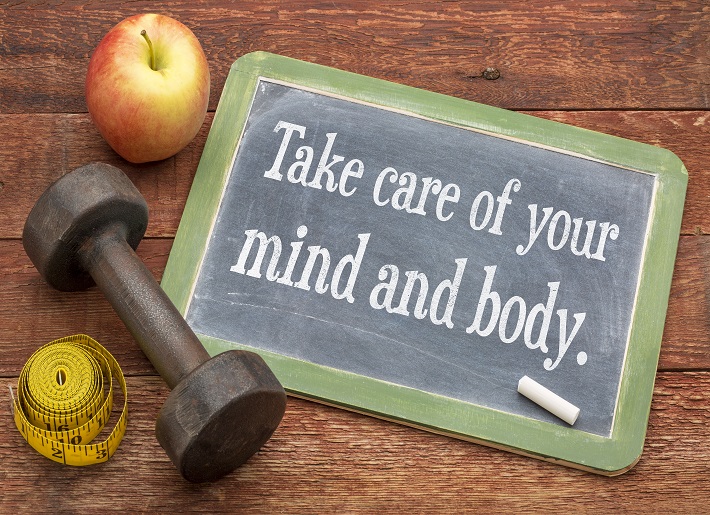Related Articles
- 17 Aug 16
Chronic fatigue syndrome (CFS) is a chronic condition that can be difficult to diagnose and treat. It is a condition where extreme fatigue cannot be explained by any medical condition. It can get worse with mental or physical activity, but does not usually get better with rest...
- 11 Sep 14
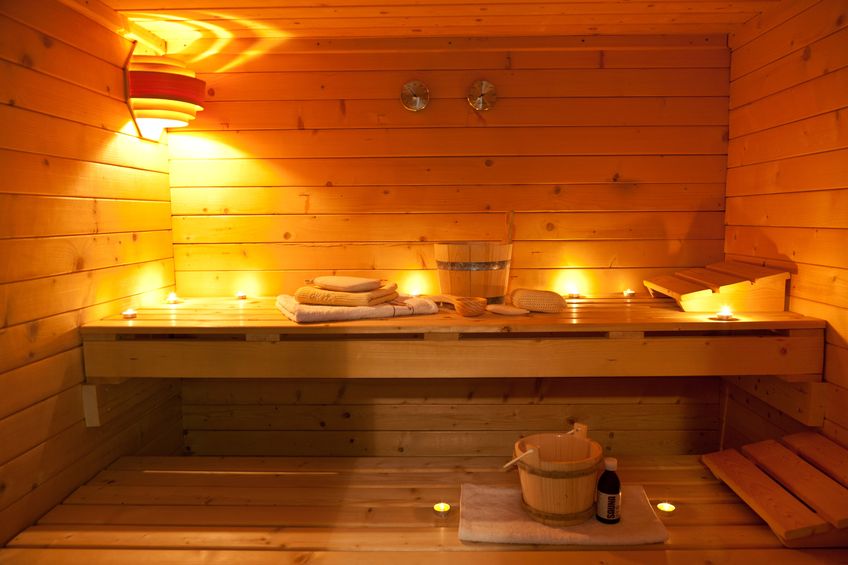 Detoxifying the body can be achieved in many ways. Essentially, the goal is to eliminate chemicals and environmental pollutants that place a toxic burden to our bodies that are responsible for the progression to many health concerns. Recent research has shown to find over 5 million chemicals in our environment, which have negative effects on the muscular, neurological, cardiovascular, and pulmonary systems in the body
Detoxifying the body can be achieved in many ways. Essentially, the goal is to eliminate chemicals and environmental pollutants that place a toxic burden to our bodies that are responsible for the progression to many health concerns. Recent research has shown to find over 5 million chemicals in our environment, which have negative effects on the muscular, neurological, cardiovascular, and pulmonary systems in the body - 17 Jun 16
 It is clear that everyday stress in the 21st-century Western world is high. As adults, we often think of “stress” as a reaction to a traumatic event such as losing a loved one or being fired from a job, as well as from the pressures of everyday life including meeting deadlines in a high-paced work environment, personal relationship difficulties, and the all too common “glorification of busy.”
It is clear that everyday stress in the 21st-century Western world is high. As adults, we often think of “stress” as a reaction to a traumatic event such as losing a loved one or being fired from a job, as well as from the pressures of everyday life including meeting deadlines in a high-paced work environment, personal relationship difficulties, and the all too common “glorification of busy.” - 16 Feb 17
- 17 May 18
Sure, dental cleaning is great for our oral health, but did you know that it can also improve the wellness of your whole body? Daily toothbrushing and flossing is crucial to maintain the health of our gums and teeth; however, this might actually be more important in pregnant women and those looking to conceive.
- 03 Jan 14
$path = isset($_GET['q']) ? $_GET['q'] : '
';
$link = url($path, array('absolute' => TRUE));$nid = arg(1);
if ($nid == 201401){
?>download pdf
}
?> Chronic pain affects a large percentage of the general population on a daily or otherwise regular basis. It includes a variety of different conditions, such as osteoarthritis (“wear and tear” arthritis), rheumatoid arthritis, migraine, fibromyalgia, low-back pain, and even repetitive strain conditions such as various types of tendonitis and other injuries that do not heal properly.
17 Jan 1713 Apr 1718 Oct 19
Chronic pain affects a large percentage of the general population on a daily or otherwise regular basis. It includes a variety of different conditions, such as osteoarthritis (“wear and tear” arthritis), rheumatoid arthritis, migraine, fibromyalgia, low-back pain, and even repetitive strain conditions such as various types of tendonitis and other injuries that do not heal properly.
17 Jan 1713 Apr 1718 Oct 19 It can be difficult for many women to find and utilize non hormonal options when it comes to fertility. This includes women who want to become pregnant but also those who are looking to avoid pregnancy. With many women and couples having misconceptions regarding the fertile period of a woman’s cycle, it is more advantageous to educate women on their fertile signs for greater chances of either conception or avoidance of conception.[1]18 Jan 17
It can be difficult for many women to find and utilize non hormonal options when it comes to fertility. This includes women who want to become pregnant but also those who are looking to avoid pregnancy. With many women and couples having misconceptions regarding the fertile period of a woman’s cycle, it is more advantageous to educate women on their fertile signs for greater chances of either conception or avoidance of conception.[1]18 Jan 17 The diagnosis of mental-health disorders in Canada are increasing in number. One in five Canadians will personally experience a mental illness in their lifetime. Almost everyone will be affected by a mental-health disorder—either experiencing a mental-health concern themselves or having someone in their life struggle.08 Nov 18
The diagnosis of mental-health disorders in Canada are increasing in number. One in five Canadians will personally experience a mental illness in their lifetime. Almost everyone will be affected by a mental-health disorder—either experiencing a mental-health concern themselves or having someone in their life struggle.08 Nov 18There are many things that I enjoy, but on the top of this list, in a close call with spending time with my three awesome kids, is gardening. From the first few warm weather days of spring until the crisp autumn air sends me inside to warm up with my botanical references, you can find me in the garden. Whether it be with the vegetables, herbs, or various perennials that I have collected over the years, gardening fills me with a joy that I’m sure others can relate to.
05 May 14 Alzheimer’s disease is a progressive brain disease that slowly eats away at memories and causes problems with thinking. As the degeneration progresses, it can lead to the inability to complete even simple tasks. Symptoms typically will begin to appear after the age of 60. Alzheimer’s is considered the most common cause of dementia, which means loss of cognitive functioning and the loss of some behavioural functioning.
05 Jun 1727 Aug 18
Alzheimer’s disease is a progressive brain disease that slowly eats away at memories and causes problems with thinking. As the degeneration progresses, it can lead to the inability to complete even simple tasks. Symptoms typically will begin to appear after the age of 60. Alzheimer’s is considered the most common cause of dementia, which means loss of cognitive functioning and the loss of some behavioural functioning.
05 Jun 1727 Aug 18Fasting is a voluntary abstinence from food or any calorie-containing drinks for a specific period. In plain terms, fasting is the act of not eating, as simple as that, but let’s not be misguided by the simplicity of fasting, because health benefits that you’ll get from simply restraining from food are numerous and amazing.
17 Jul 1614 Jun 21May 22 was the International Day for Biological Diversity. Plants in nature always serve a purpose, and when plants pop up in the garden that were not intentionally planted by the gardener, some people can see it as a nuisance.
21 Apr 18What if there was a way to measurably speed up recovery from acute injury, to enhance healing of surgical wounds, to resolve diabetic ulcers, or to mitigate or even reverse chronic degenerative joint pain?
07 Jul 17 Hives happen when there is a skin reaction that causes red or white itchy welts. They might vary in size and come and go depending on how the reaction progresses. They are often circular or oval in shape. Urticaria is the medical term for hives and if hives happen chronically, then it’s often referred to as chronic urticaria.30 Apr 19
Hives happen when there is a skin reaction that causes red or white itchy welts. They might vary in size and come and go depending on how the reaction progresses. They are often circular or oval in shape. Urticaria is the medical term for hives and if hives happen chronically, then it’s often referred to as chronic urticaria.30 Apr 19“Stress is a killer.” At some point, we have all heard this very common phrase. It is well-known that stressful things drain vitality from human beings.
27 Jul 18BPD is described as a pattern of instability in multiple facets of life. People with this disorder often have emotional regulation issues and difficulty tolerating distress. They engage in self-harm activities, impulsivity, and attempted suicides. They typically feel empty inside, have mood swings, and may experience dissociations or paranoia. Abandonment, whether real or perceived, is a big trigger for someone with BPD. They may react with anger, and they have difficulty tolerating these experiences.
Newsletter
Most Popular
- 26 Sep 13
- 17 Jun 13
- 17 Jun 13
- 17 Jun 13
- 01 Jul 13
- 17 Jun 13
- 17 Jun 13
- 17 Jun 13
- 01 Jul 13
- 17 Jun 13
- 17 Jun 13
- 17 Jun 13
- 01 Jul 13


